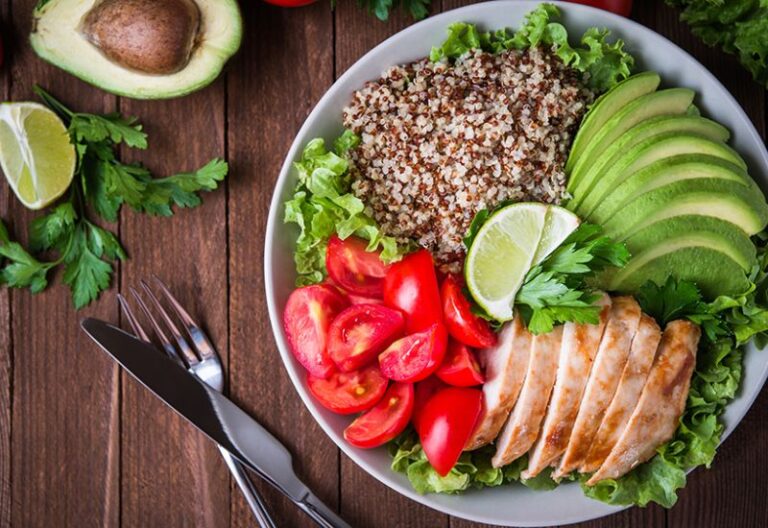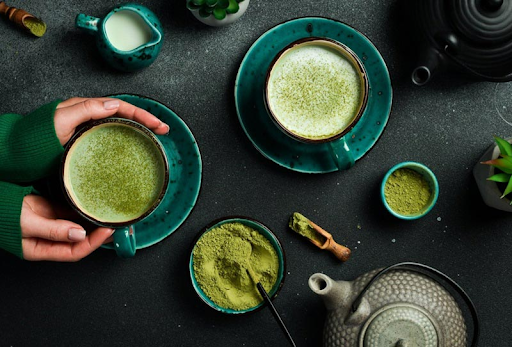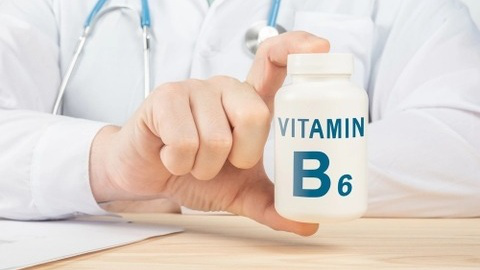A woman’s diet impacts all aspects of her body, including overall health and beauty. A healthy diet can help women stay strong, youthful, and reduce the risk of various diseases. So, what does a specific healthy diet for women look like?
1. How does diet affect women’s health and beauty?
Before exploring how women should eat, it’s important to understand some of their unique nutritional needs, particularly certain vitamins and minerals essential during pregnancy or menopause:
- Calorie needs: Experts state that women generally require fewer calories than men because they have less muscle mass and more fat tissue. On average, an adult woman needs between 1,600 to 2,400 calories per day.
- Vitamins and minerals: Calcium, iron, and folic acid are particularly important for women’s bodies.
- Nutritional needs change throughout a woman’s life, including during pregnancy, breastfeeding, and menopause.
- Women are more prone to certain health issues related to nutrition, such as celiac disease, lactose intolerance, and deficiencies in vitamins and minerals (e.g., iron-deficiency anemia).
To understand more about a healthy diet for women, it’s crucial to determine how nutrition impacts their bodies. A healthy diet helps improve health and prevent disease, meaning that women should choose various nutritious foods from all food groups (such as fruits, vegetables, grains, dairy, and protein) most of the time in appropriate quantities. Additionally, it’s important to limit foods high in sugar, salt (sodium), saturated fats, and trans fats.
For women, a healthy diet helps:
- Provide the body and brain with the energy needed for thinking and physical activities;
- Supply the necessary vitamins and minerals to maintain life and ensure good health. For example, women are more prone to iron-deficiency anemia and thus need more iron to transport oxygen to all organs, while vitamin C helps create new skin cells and collagen, keeping the skin youthful.
- Achieve and maintain a healthy weight, reducing the risk of being overweight or obese;
- Minimize the risk of serious diseases such as cardiovascular diseases and diabetes.

2. Healthy Eating Guidelines for Women
2.1. Breakfast
To kickstart metabolism, a healthy diet for women begins with adding protein to breakfast, such as eggs, salmon, or dairy. The body burns more calories digesting protein than carbohydrates, so a protein-rich breakfast boosts metabolism and keeps you fuller for longer, helping women consume fewer calories throughout the day. A protein-rich breakfast doesn’t take long to prepare. Simple options include toast with a fried egg, a slice of smoked salmon, or a bit of lean ham.
Experts recommend never skipping breakfast, as it can cause blood sugar to spike, leading to poor food choices later in the day. Remember, breakfast plays a key role in maintaining a healthy weight.
2.2. Lunch
When building a healthy lunch for women, focus on lean protein and carbohydrates. Carbohydrate-rich foods provide energy to avoid afternoon fatigue. The key is choosing carbohydrates that raise blood sugar steadily, with whole grains being the best option, as they are rich in fiber, which helps control afternoon cravings.
An ideal lunch example could be rye bread with salmon, chicken, or low-fat dairy, accompanied by a large salad, or simply whole grain toast topped with beans.

2.3. Dinner
Experts advise against severely limiting carbohydrates at dinner since they help relax the body in the evening. Instead, combine them with essential healthy fats, often found in fatty fish like salmon, mackerel, and sardines, as well as nuts. The body can use these healthy fats and proteins overnight for repair and regeneration, which is crucial for maintaining healthy skin and hair.
A suggested dinner for a healthy diet might include half a plate of fresh vegetables or a colorful salad with a dressing made from cold-pressed flaxseed oil, olive oil, or canola oil, along with meat, fish, or beans, paired with brown rice, quinoa, or whole-grain pasta.
3. Important Notes
- Don’t skip meals: A healthy diet for women should include three main meals and 2-3 snacks to maintain energy and health. Studies show that skipping meals for too long often leads to unhealthy food choices due to extreme hunger.
- Drink enough water: Staying hydrated is essential for both health and beauty. Drinking enough water helps regulate body temperature, protect joints and tissues, and prevent constipation. It also helps maintain better energy levels.
- Eat mindfully: Experts recommend eating slowly, relaxing, and stretching the meal to at least 20 minutes, the time needed for the body to feel full. Listen to your body’s cues—eat when hungry and stop when full. This balance helps maintain energy needs and overall comfort.
Lastly, try to consume more fiber-rich foods like whole grains, vegetables, and fruits, which keep you full longer and reduce the temptation to eat unhealthy foods.
Join the Club
Like this story? You’ll love our monthly newsletter.
Thank you for subscribing to the newsletter.
Oops. Something went wrong. Please try again later.







